Some of the most delicious desserts come with names that feel like tongue twisters. From flaky French pastries to creamy Italian classics, these sweet treats deserve to be pronounced correctly.
Saying them right adds a little flair—and maybe even earns you a nod of respect from the baker.
This list covers 20 commonly mispronounced desserts and shows you how to say them like a pro.
1. Macaron (Mah-Kah-ROHN)
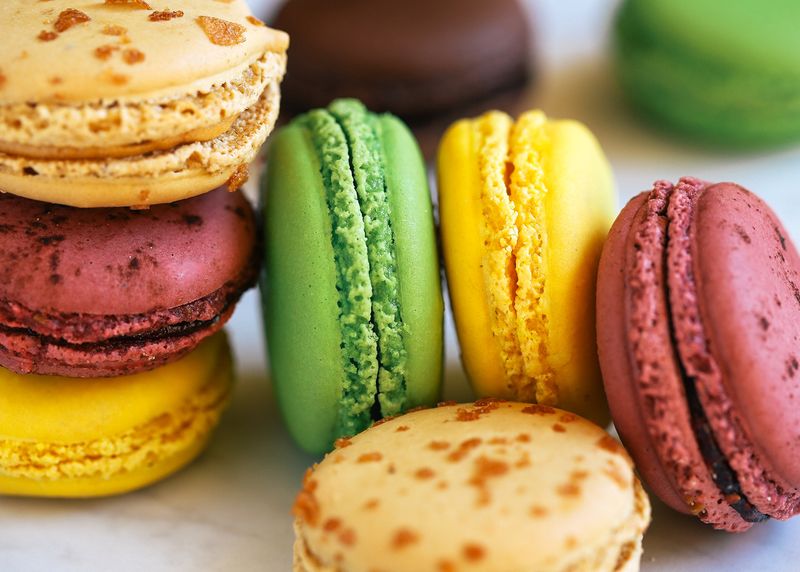
These delicate French sandwich cookies are crisp outside, chewy in the middle, and filled with flavored ganache or buttercream. Often confused with macaroons.
The key is that subtle final “N”—soft and nasal, not crunchy like the cookie. Say it right and order with confidence.
2. Mille-Feuille (Meel-FOY)
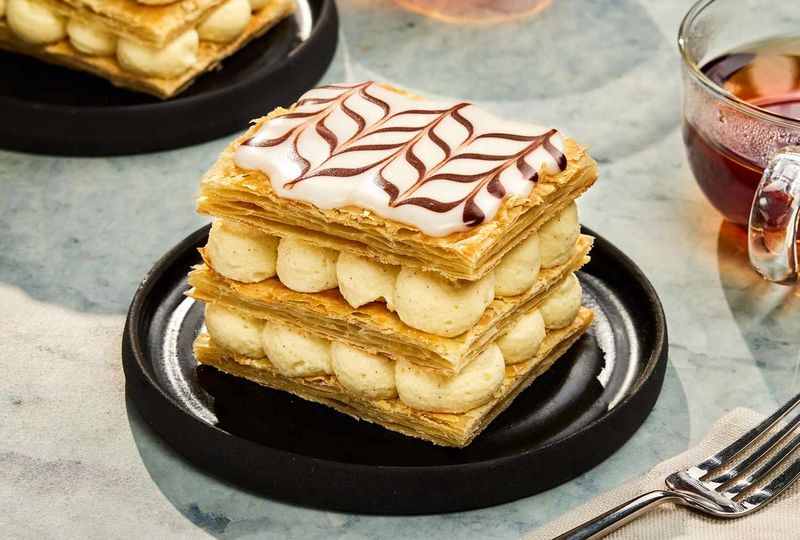
Layers of puff pastry and pastry cream stacked into a golden, creamy square. The name means “a thousand leaves” in French.
It’s light, crisp, and topped with icing or fondant. The tricky part is the “FOY,” not “fool” or “foy-uh.”
3. Tiramisu (Tee-Rah-Mee-SOO)

This coffee-soaked Italian dessert blends mascarpone cream with cocoa and ladyfingers. The name means “pick me up.”
Emphasize the final “SOO” with a soft, rising rhythm. Skip the harsh Ts and keep it smooth.
4. Churro (CHOO-Roh)
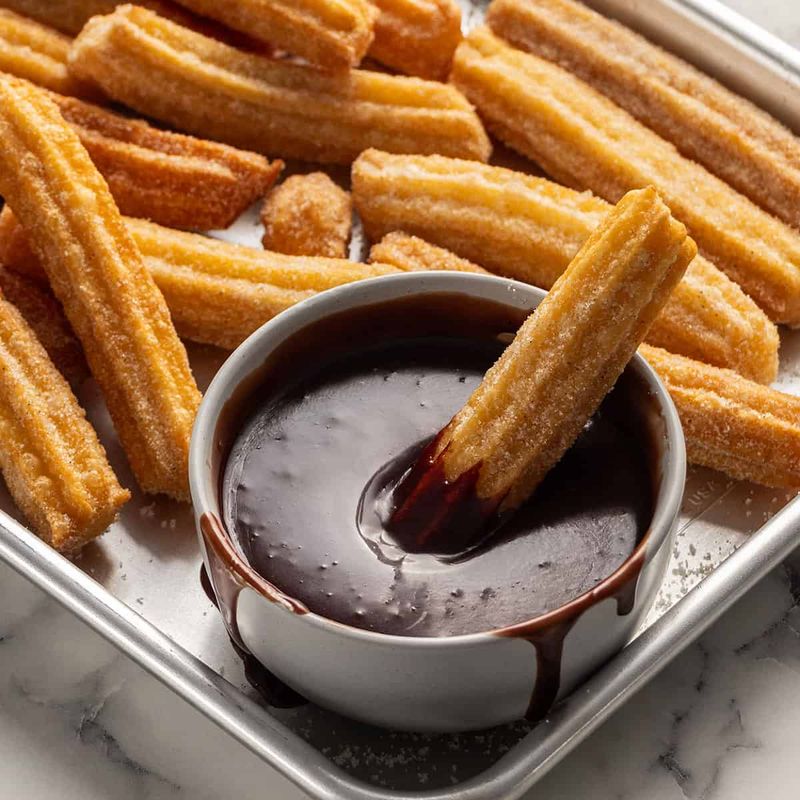
Golden-fried dough rolled in cinnamon sugar, often dipped in chocolate or caramel. It’s a street snack with Spanish roots.
That double “R” rolls gently, but “CHOO-roh” works just fine for most English speakers. Just don’t say “churrah.”
5. Clafoutis (Klah-FOO-Tee)

A baked French custard made with cherries, dusted with sugar, and served warm. The batter puffs like a pancake.
It’s rustic and rich, but elegant too. Think “fluffy custard with fruit”—and say it like you mean it.
6. Crème Brûlée (Krem Broo-LAY)
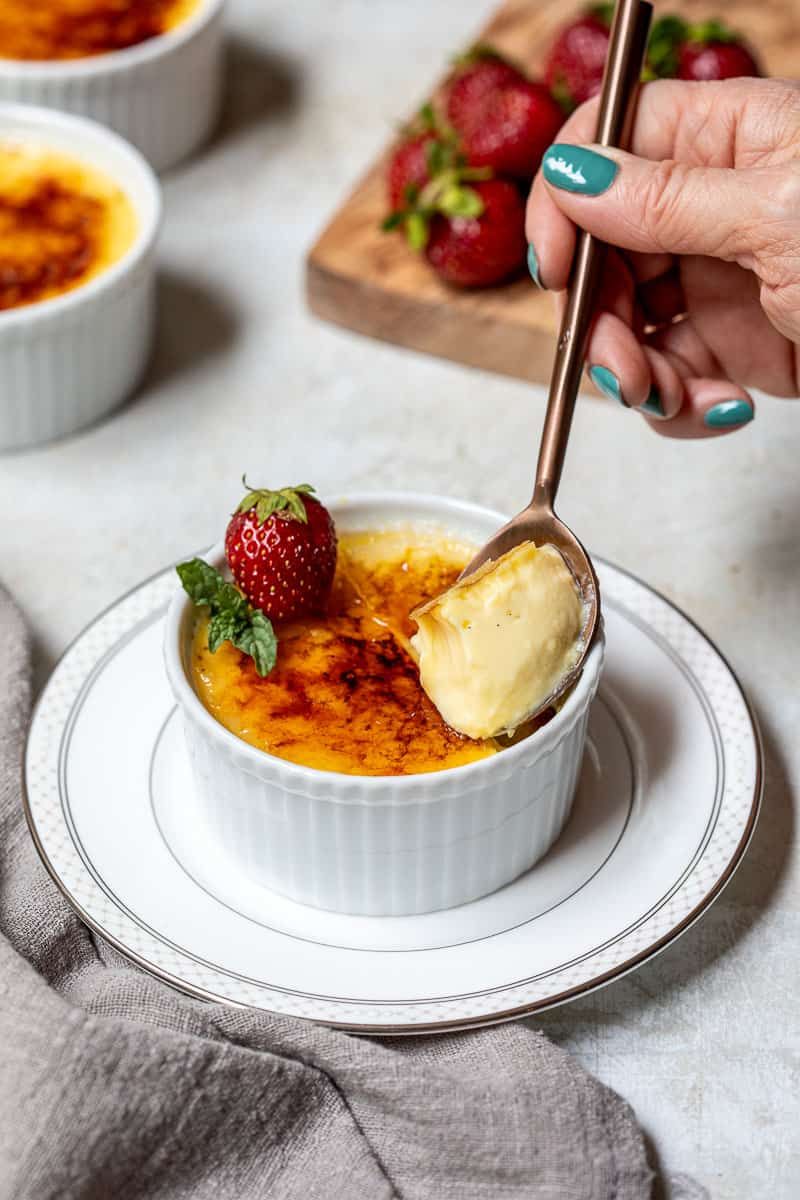
This silky French custard hides under a crisp sugar shell that cracks when tapped. It’s creamy, cool, and caramelized.
Each part matters: “krem” for cream, “brûlée” for burnt. Accent that “LAY” like you’re in Paris.
7. Pączki (POONCH-Kee)
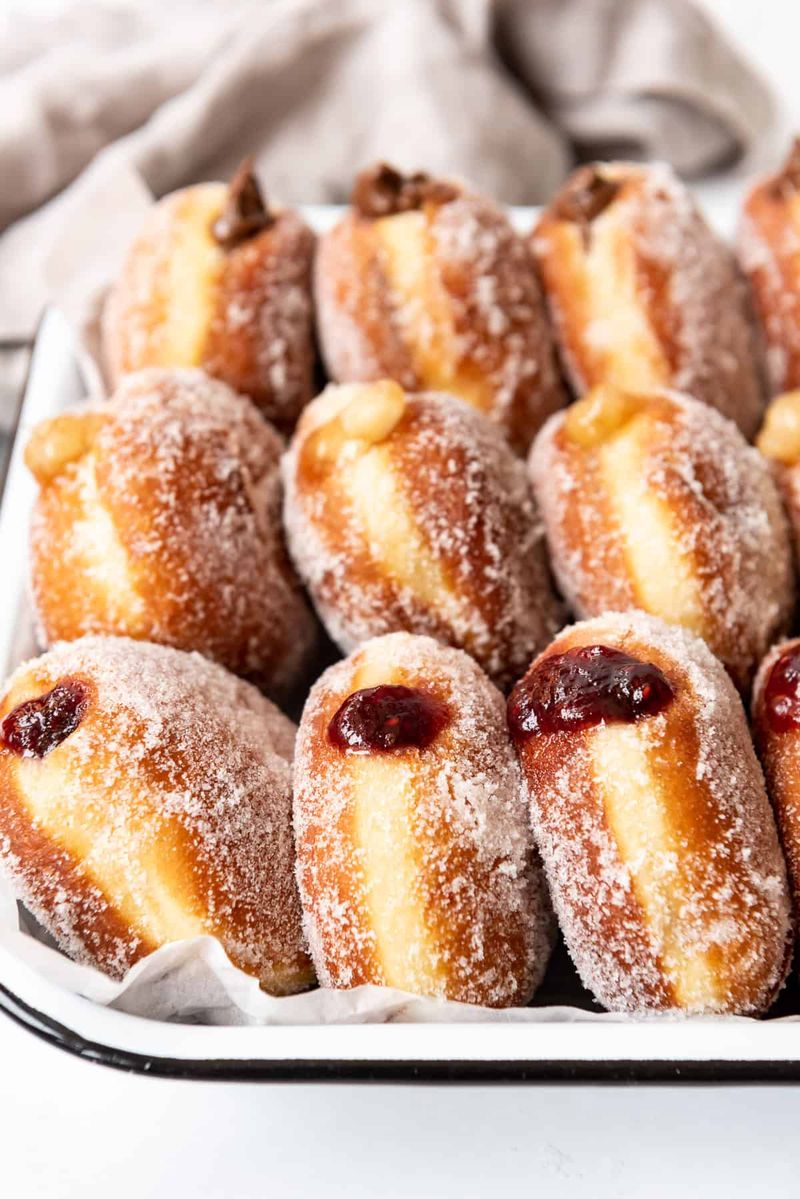
These Polish donuts are filled with jam or custard and eaten on Fat Thursday. They’re round, rich, and sweet.
The spelling confuses many, but just think “punch-key” with a soft “nch.” One is a pączek; a box gives you pączki.
8. Croissant (Kwah-SAHN)

This flaky, buttery pastry is a French breakfast essential. It should be airy inside and golden outside.
Skip the “T” at the end and soften every syllable. More whisper than bite.
9. Stracciatella (Strah-Chah-TELL-Ah)
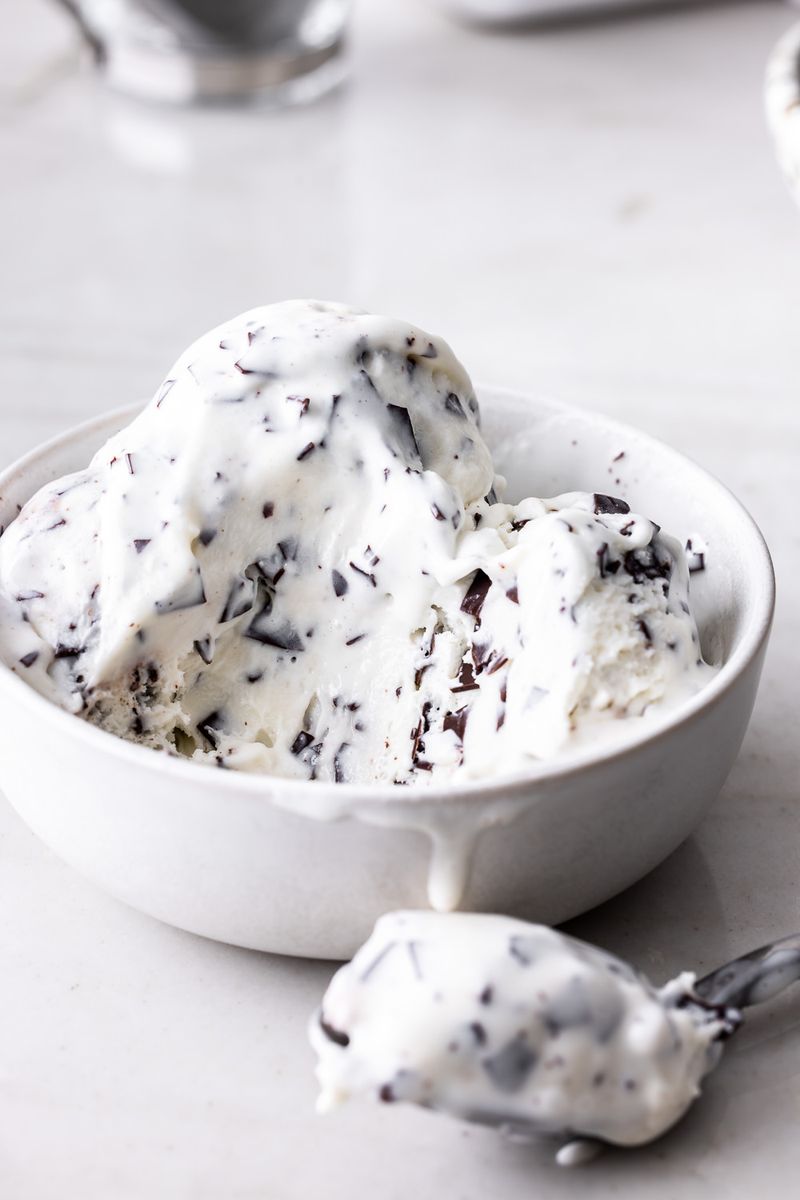
Used for gelato and soups, this word means “little shreds” in Italian. In dessert, it refers to chocolate flecks.
The “chah” in the middle trips people up. Stay smooth and keep it soft—never “strack-a-tella.”
10. Gelato (Jeh-LAH-Toh)

Italy’s answer to ice cream, it’s silkier and denser with bold flavors. Pistachio and hazelnut are classics.
Say it with round vowels and a relaxed rhythm. Never “jello-toe”—that’s a whole different dish.
11. Cannoli (Kah-NOH-Lee)
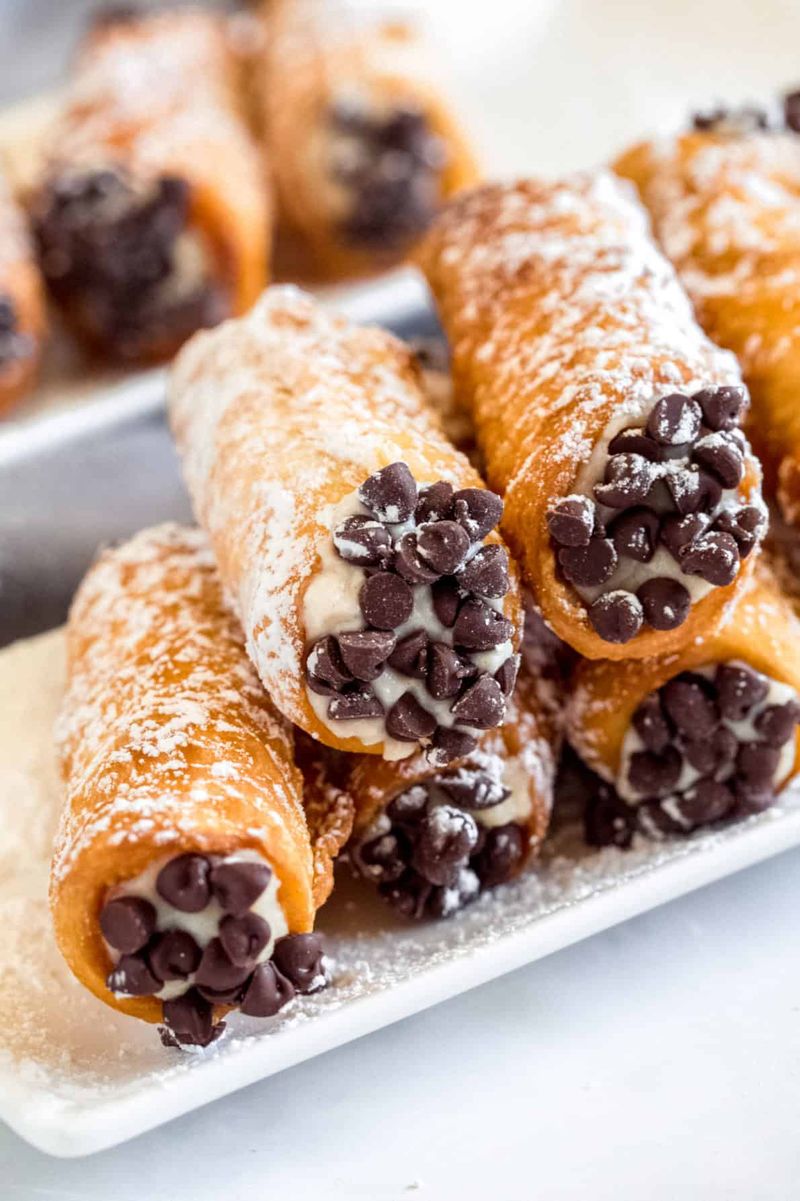
Tube-shaped pastries filled with sweet ricotta cream, often dotted with chocolate or pistachios. Crispy, creamy, and irresistible.
No need to pluralize again—“cannoli” already is. One is a “cannolo,” but who stops at one?
12. Kouign-Amann (Kween-Ah-MAHN)

A caramelized Breton pastry made from layers of buttery dough and sugar. Flaky like a croissant, but denser.
It’s Breton, not French, so don’t expect phonetic logic. Just channel “queen” and “almond” mashed together.
13. Babka (BAHB-Kah)
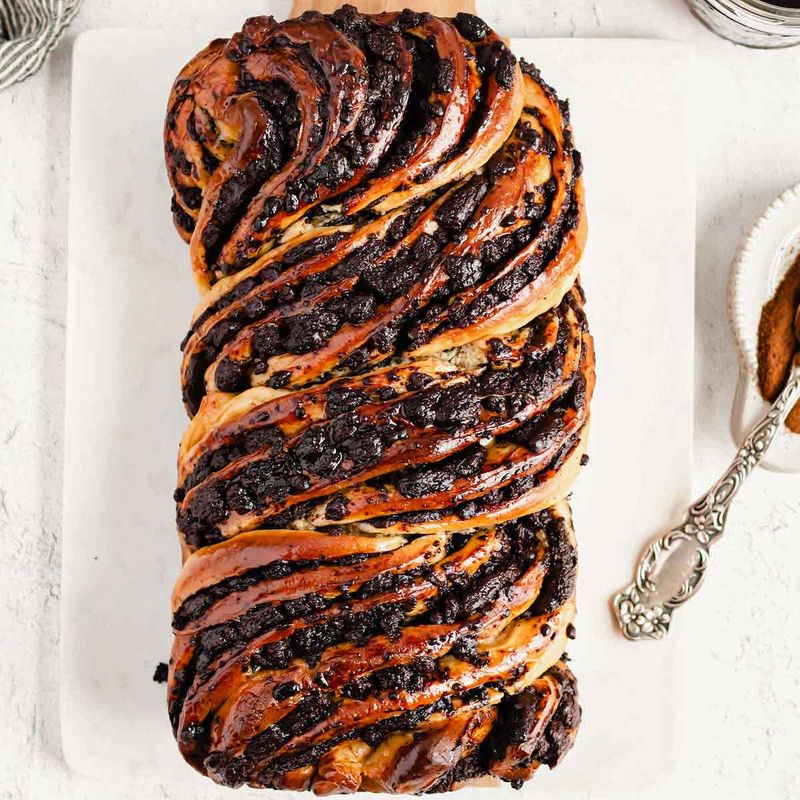
A sweet, swirled loaf of Eastern European origin, flavored with chocolate, cinnamon, or nuts. It’s rich and comforting.
This one’s easy—just emphasize “BAHB.” Simple, warm, and beloved.
14. Eclair (Ay-KLAIR)

A long, cream-filled pastry topped with chocolate icing. The choux dough makes it light but satisfying.
It rhymes with “air,” not “clear.” Think elegant, not electrical.
15. Galette (Gah-LET)

A rustic French tart with open edges, often filled with fruit or cheese. It’s free-form, flaky, and unfussy.
Don’t say “gal-lay”—stick with “LET.” It’s country pie with a name that sings.
16. Profiterole (Pro-FEE-Teh-Rohl)
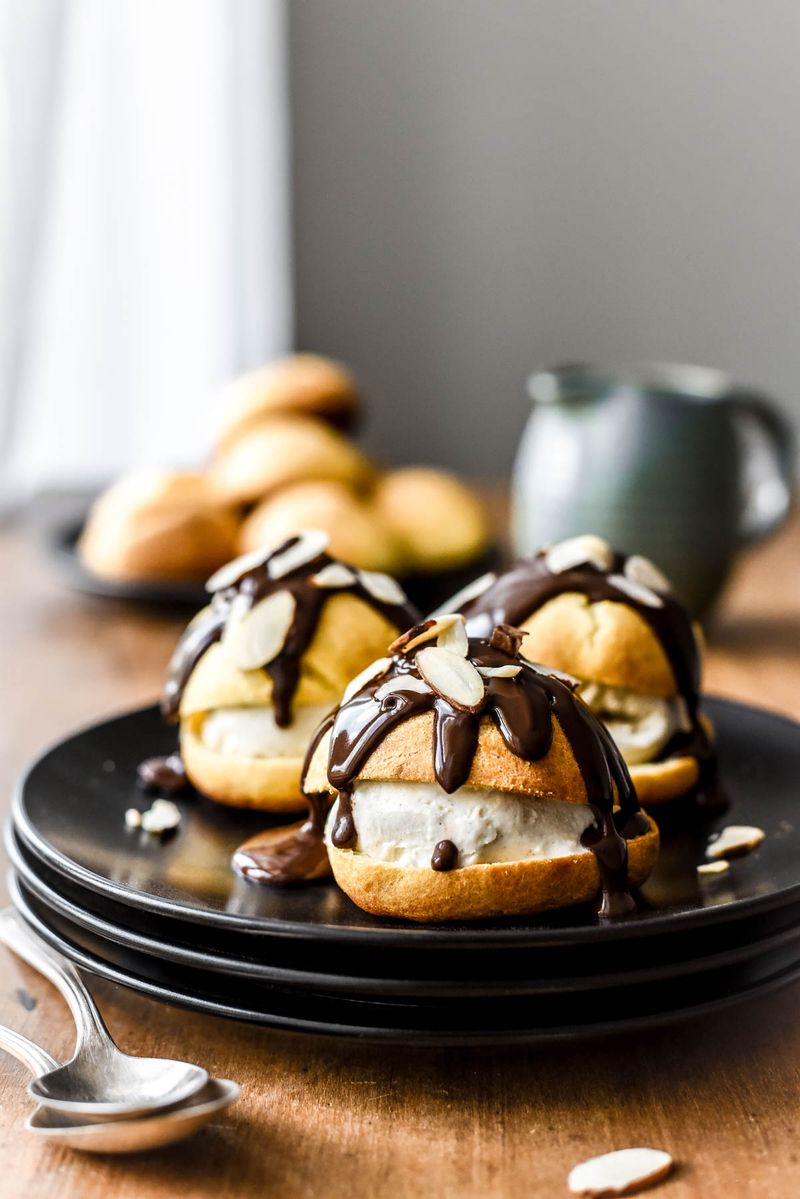
Small choux pastry puffs filled with whipped cream or custard, then drizzled with chocolate. A bite-sized dessert dream.
Emphasize the “rohls,” not “rolls.” Elegant and festive, especially when stacked into towers.
17. Beignet (Ben-YAY)
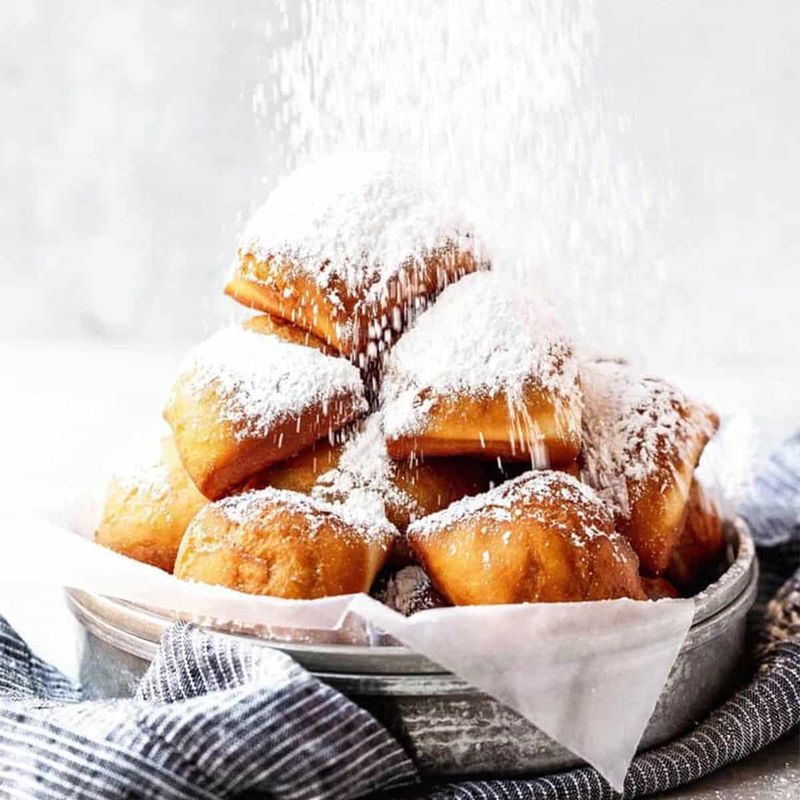
Deep-fried pillows of dough dusted with powdered sugar, famously found in New Orleans. Fluffy, airy, and messy in the best way.
Forget the “G” and “T.” It’s all about the “yay” at the end. Treat it like a celebration.
18. Zeppole (ZEP-Oh-Lay)

Italian fried dough balls filled or topped with cream, often eaten on Saint Joseph’s Day. Light but rich.
The “lay” ending is key. Rhymes with “yay,” not “pole.” A festival food with flair.
19. Sfogliatella (Sfoh-Lya-TELL-A)
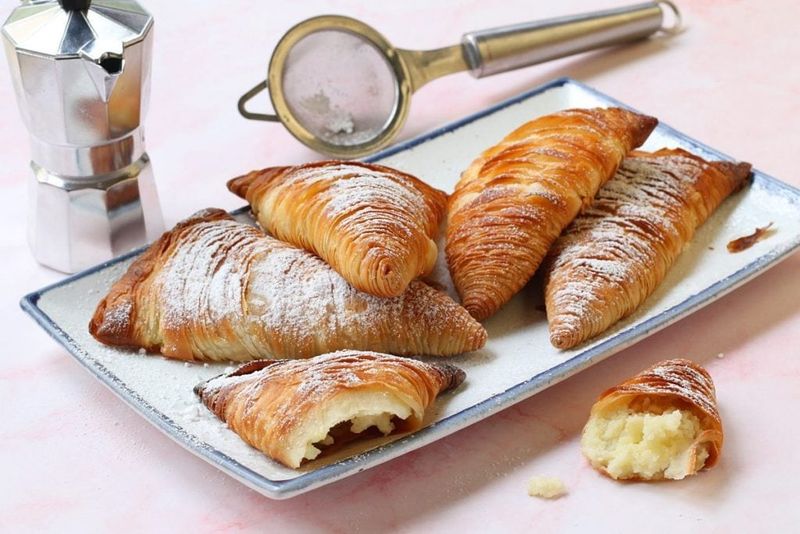
A shell-shaped Italian pastry with crisp layers and a ricotta-citrus filling. The crunch is unlike anything else.
The “sf” blend is tricky—don’t drop it. Say it slow and own the “tell-a.”
20. Pavlova (Pav-LOH-Vah)
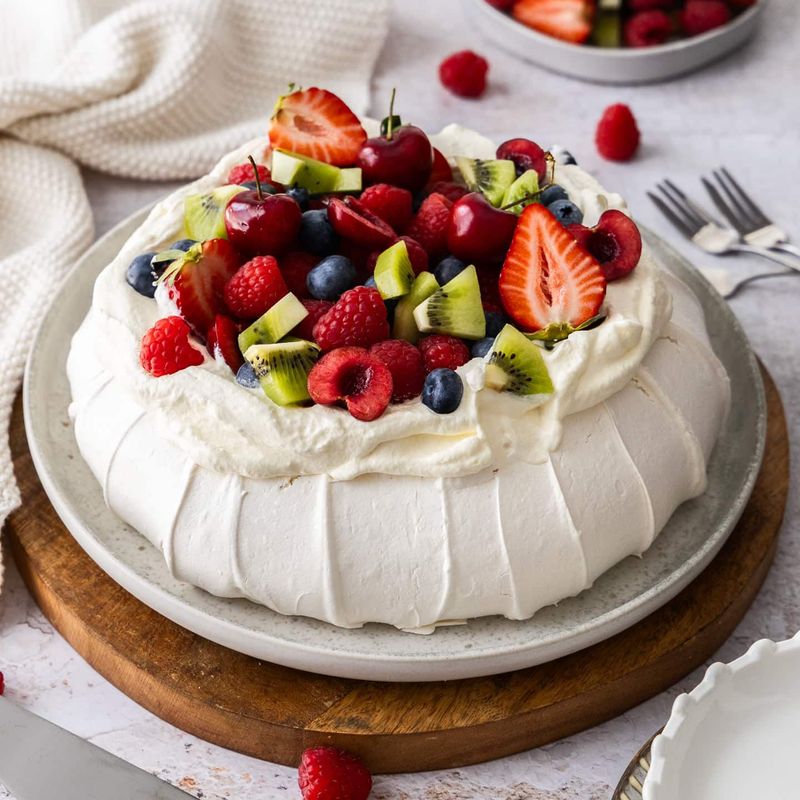
A meringue-based dessert with a crisp shell and marshmallow center, usually topped with fruit. Light and cloudlike.
Named after ballerina Anna Pavlova, it dances off the tongue. Just don’t call it “pav-love-a.”

